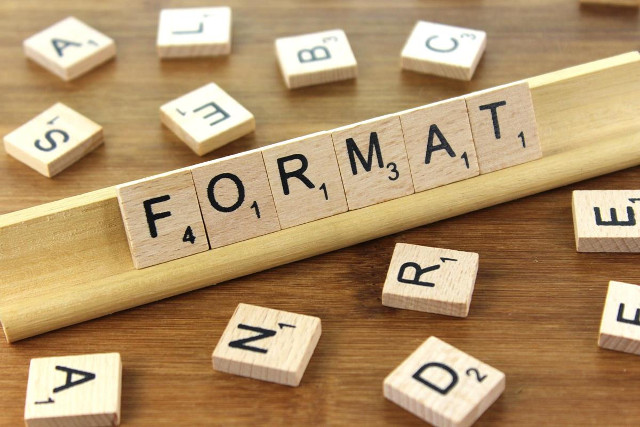
Cheat Sheet of Golang Printf Formatting
Basics
With the Go fmt package you can format numbers and strings padded with spaces or zeroes, in different bases, and with optional quotes.
You submit a template string that contains the text you want to format plus some annotation verbs that tell the fmt functions how to format the trailing arguments.
Printf
In this example, fmt.Printf formats and writes to standard output:
fmt.Printf("Binary: %b\\%b", 4, 5) // Prints `Binary: 100\101`
-
the template string is “Binary: %b\\%b”,
-
the annotation verb %b formats a number in binary, and
-
the special value \\ is a backslash.
As a special case, the verb %%, which consumes no argument, produces a percent sign:
fmt.Printf("%d %%", 50) // Prints `50 %`
Sprintf (format without printing)
Use fmt.Sprintf to format a string without printing it:
s := fmt.Sprintf("Binary: %b\\%b", 4, 5) // s == `Binary: 100\101`
Find fmt errors with vet
If you try to compile and run this incorrect line of code
fmt.Printf("Binary: %b\\%b", 4) // An argument to Printf is missing.
you’ll find that the program will compile, and then print
Binary: 100\%!b(MISSING)
To catch this type of errors early, you can use the vet command – it can find calls whose arguments do not align with the format string.
$ go vet example.go
example.go:8: missing argument for Printf("%b"): format reads arg 2, have only 1 args
Cheat sheet
Default formats and type
- Value: []int64{0, 1}
| Format | Verb | Description |
|---|---|---|
| [0 1] | %v | Default format |
| []int64{0, 1} | %#v | Go-syntax format |
| []int64 | %T | The type of the value |
Integer (indent, base, sign)
- Value: 15
| Format | Verb | Description |
|---|---|---|
| 15 | %d | Base 10 |
| +15 | %+d | Always show sign |
| ␣␣15 | %4d | Pad with spaces (width 4, right justified) |
| 15␣␣ | %-4d | Pad with spaces (width 4, left justified) |
| 0015 | %04d | Pad with zeroes (width 4) |
| 1111 | %b | Base 2 |
| 17 | %o | Base 8 |
| f | %x | Base 16, lowercase |
| F | %X | Base 16, uppercase |
| 0xf | %#x | Base 16, with leading 0x |
Character (quoted, Unicode)
- Value: 65 (Unicode letter A)
| Format | Verb | Description |
|---|---|---|
| A | %c | Character |
| ‘A’ | %q | Quoted character |
| U+0041 | %U | Unicode |
| U+0041 ‘A’ | %#U | Unicode with character |
Boolean (true/false)
Use %t to format a boolean as true or false.
Pointer (hex)
Use %p to format a pointer in base 16 notation with leading 0x.
Float (indent, precision, scientific notation)
- Value: 123.456
| Format | Verb | Description |
|---|---|---|
| 1.234560e+02 | %e | Scientific notation |
| 123.456000 | %f | Decimal point, no exponent |
| 123.46 | %.2f | Default width, precision 2 |
| ␣␣123.46 | %8.2f | Width 8, precision 2 |
| 123.456 | %g | Exponent as needed, necessary digits only |
String or byte slice (quote, indent, hex)
- Value: “café”
| Format | Verb | Description |
|---|---|---|
| café | %s | Plain string |
| ␣␣café | %6s | Width 6, right justify |
| café␣␣ | %-6s | Width 6, left justify |
| “café” | %q | Quoted string |
| 636166c3a9 | %x | Hex dump of byte values |
| 63 61 66 c3 a9 | % x | Hex dump with spaces |
Special values
| Value | Description |
|---|---|
| \a | U+0007 alert or bell |
| \b | U+0008 backspace |
| \\ | U+005c backslash |
| \t | U+0009 horizontal tab |
| \n | U+000A line feed or newline |
| \f | U+000C form feed |
| \r | U+000D carriage return |
| \v | U+000b vertical tab |
Arbitrary values can be encoded with backslash escapes and can be used in any “” string literal.
There are four different formats:
-
\x followed by exactly two hexadecimal digits,
-
\ followed by exactly three octal digits,
-
\u followed by exactly four hexadecimal digits,
-
\U followed by exactly eight hexadecimal digits.
The escapes \u and \U represent Unicode code points.
fmt.Println("\\caf\u00e9") // Prints \café